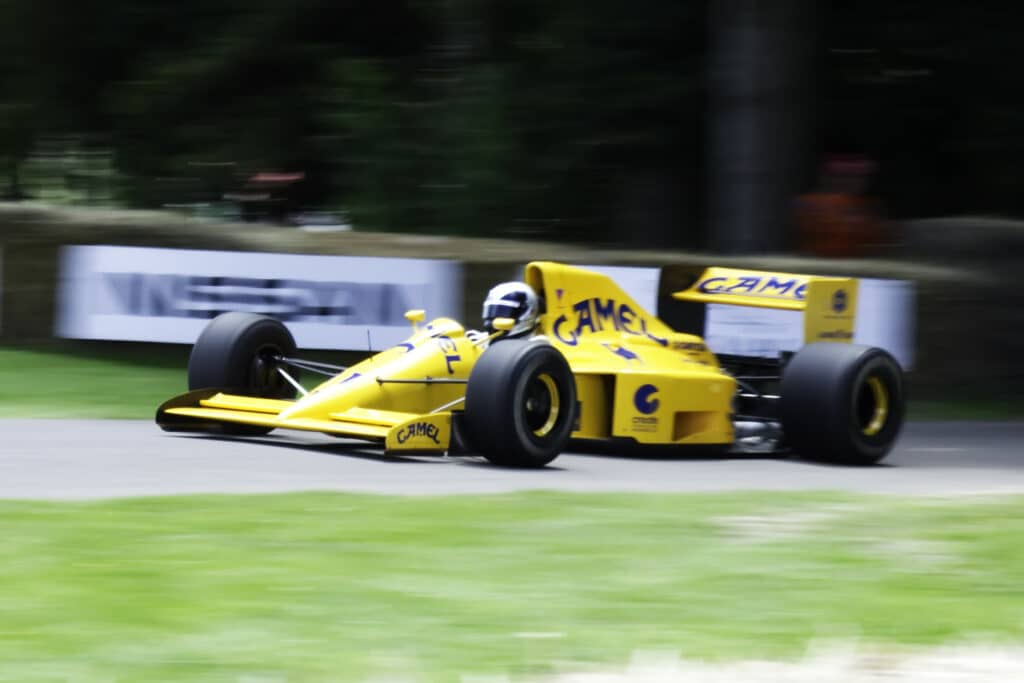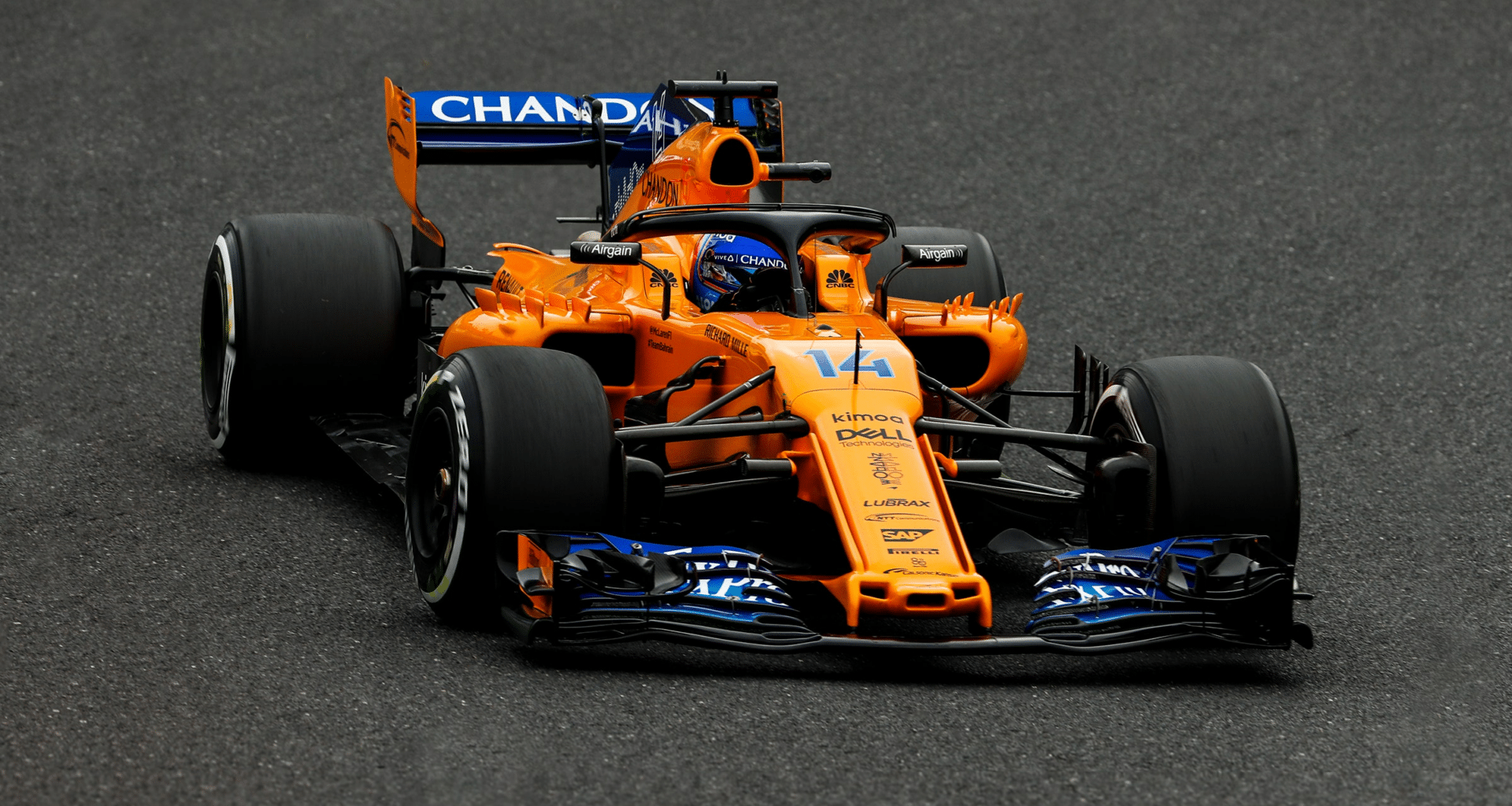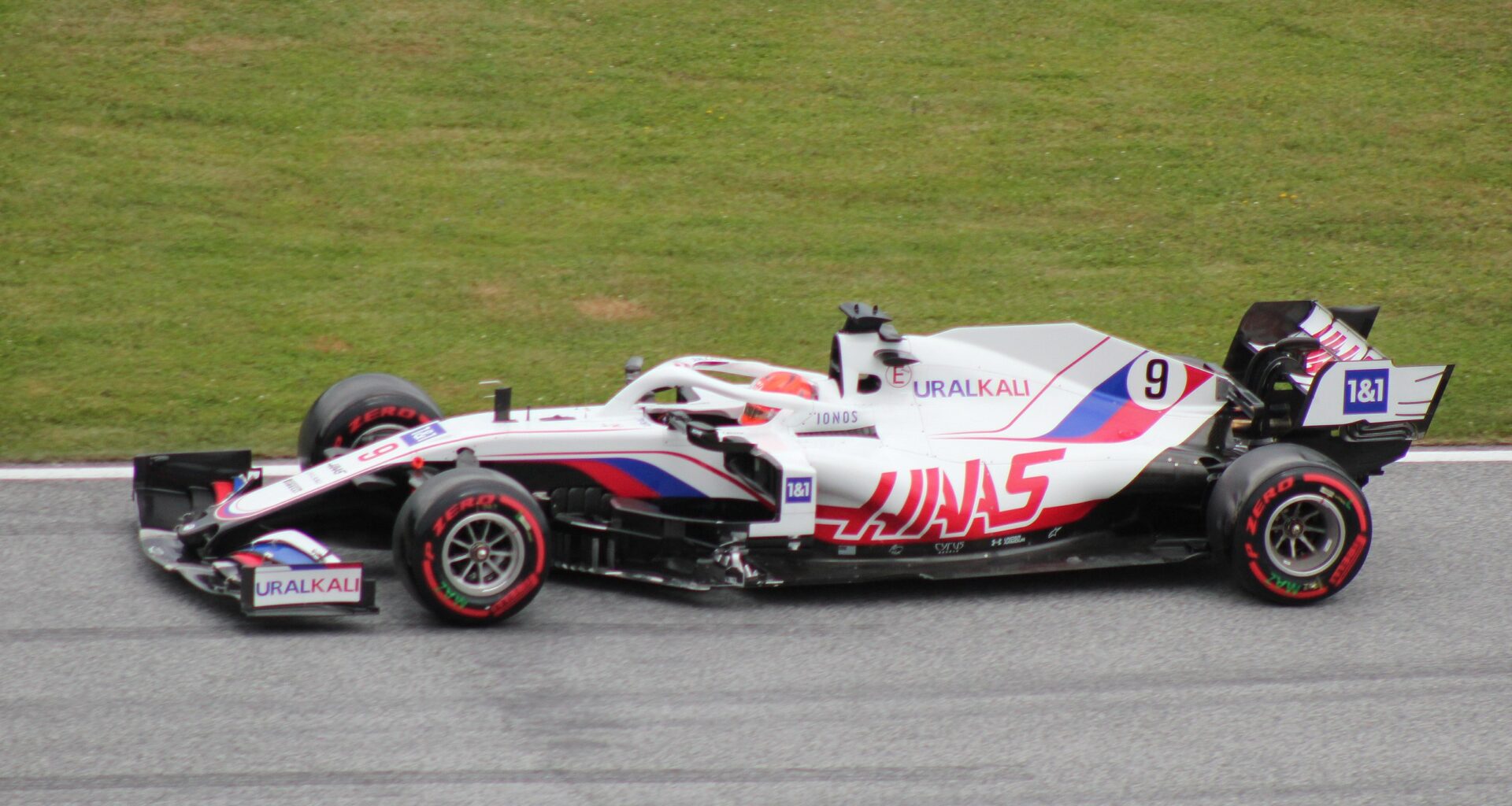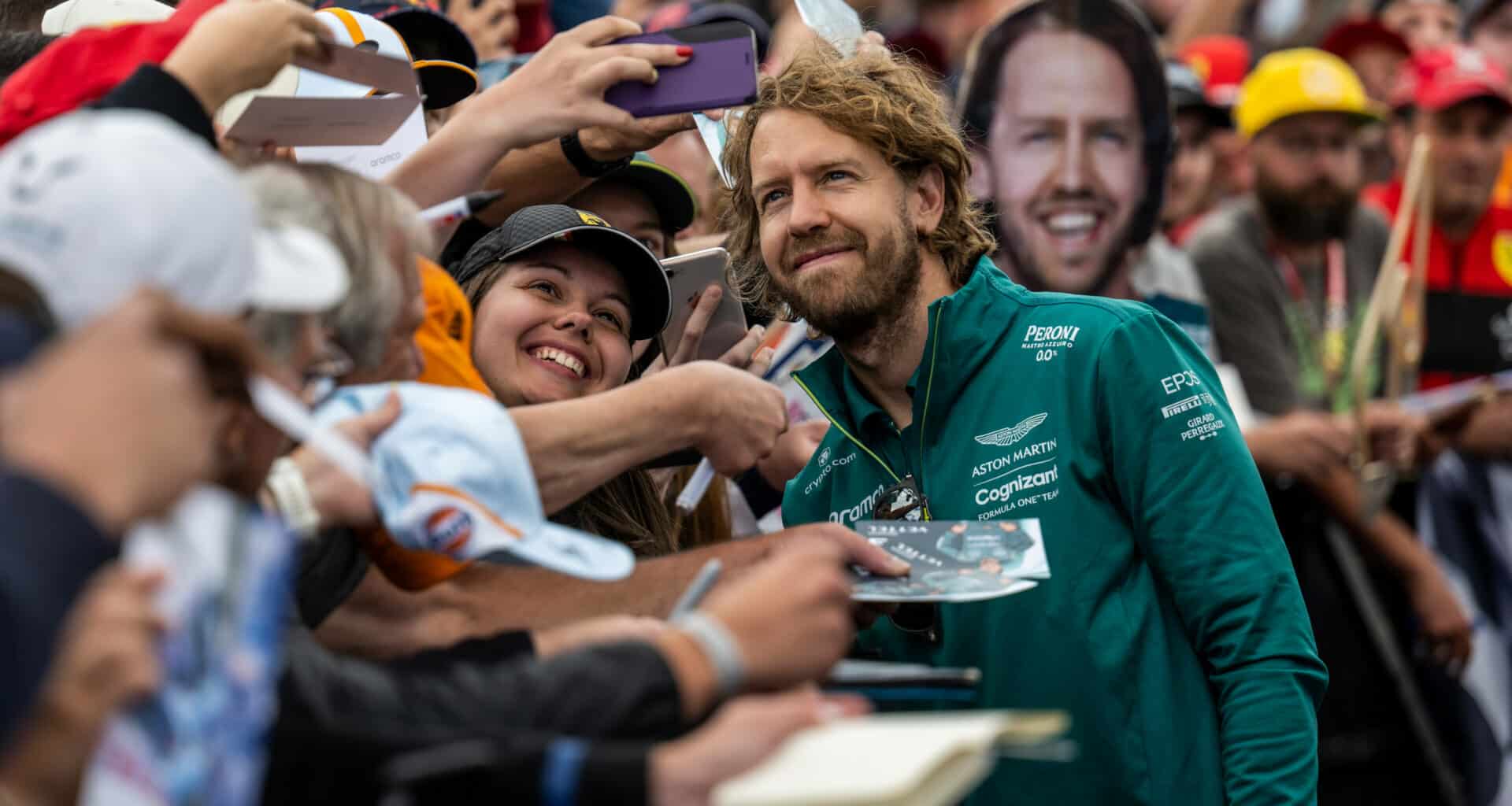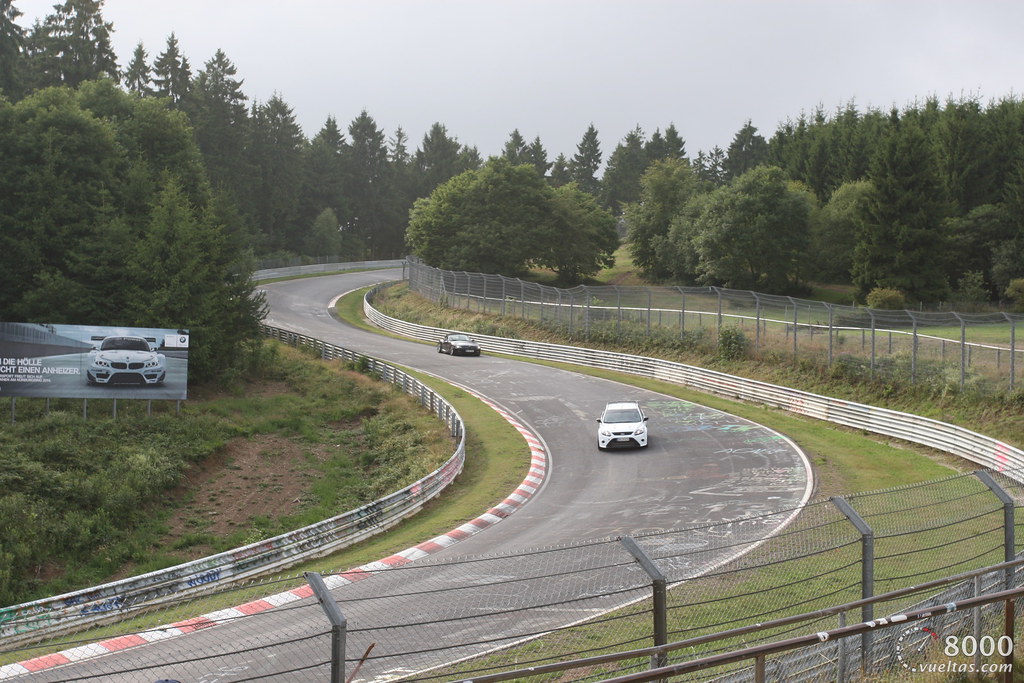Contrary to popular belief, Lamborghini hasn’t never participated in motorsports.
The Italian automaker dabbled in several racing series, including Formula 1, in the 1980s and 1990s.
The business decided to concentrate on making luxury road vehicles rather than participating in fierce competition with other brands, therefore their entry into racing was brief.
Ferruccio Lamborghini’s original design philosophy was to create fast, attractive, and enjoyable-to-drive street cars rather than investing resources in a serious racing program.
The Lamborghini brand and its association with the racing industry were significantly shaped by this decision.
Table of Contents
- 1 The Philosophy and Characteristics of Lamborghini Brand
- 2 The Financial Considerations and Commitments in Formula 1
- 3 Lamborghini’s Past Formula 1 Endeavors and the Struggles
- 4 The Role of Audi and Parent Company, Volkswagen Group
- 5 Focusing on Other Categories of Racing: Super Trofeo, GT3, and Le Mans
- 6 The Successful Impact of Lamborghini’s Racing Programs Outside F1
The Philosophy and Characteristics of Lamborghini Brand
For its extravagant designs, potent engines, and eye-catching supercars, Lamborghini is well known.
The Italian business takes great delight in designing distinctive cars with strong personalities.
To qualify for Formula 1, a dramatic shift in emphasis from brand awareness and aesthetics to unadulterated track performance would be necessary.
The racing industry also moves at a breakneck pace, with teams constantly pushing the boundaries of innovation and technology.
The attention to detail, uniqueness, and consistency in delivering high-quality products are what make Lamborghini so alluring.
Contrast it with the ongoing adjustment and change needed to maintain competitiveness in Formula 1.
The Financial Considerations and Commitments in Formula 1
The sport of Formula 1 is very expensive.
Each season, teams must invest hundreds of millions of dollars to improve their vehicles, keep their facilities in top condition, and pay big personnel.
For automakers that can capitalize on the notoriety associated with winning races, these expenses can be justified, but for a specialized luxury brand like Lamborghini, the advantages might not exceed the drawbacks.
Today, Lamborghini asserts that its existing range of high-end road vehicles would be improved and green initiatives would be better served with the money that would have gone into a Formula 1 program.
If Lamborghini were to compete in a more popular racing division like Formula 1, it could be challenging to uphold its reputation and stay faithful to its brand identity.
Lamborghini’s Past Formula 1 Endeavors and the Struggles
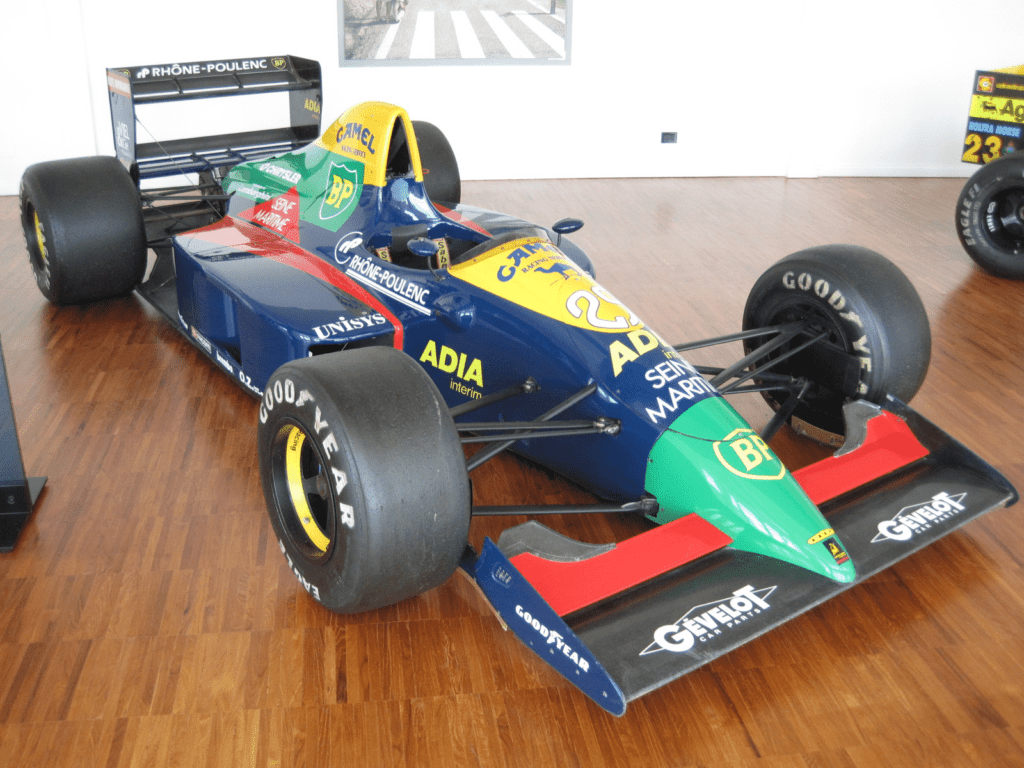
Even though Lamborghini only competed briefly in Formula 1 in the late 1980s and early 1990s, their efforts fell short of expectations.
In order to protect the honorable Lamborghini name, they even decided to call their F1 squad “Modena.”
The team at the time had trouble with faulty engines and a lack of financing, which had a negative impact on how well they performed on the track.
These problems hurt their brand’s reputation and reinforced their choice to concentrate on road vehicles rather than jeopardizing their name in the competitive Formula 1 market.
The Role of Audi and Parent Company, Volkswagen Group
The power of Lamborghini’s parent business, the Volkswagen Group, may also play a role in their absence from Formula 1.
Since purchasing Lamborghini in 1998, Volkswagen has committed resources to its other racing endeavors, including Audi and Porsche, both of which have competed in endurance racing and other motorsports, including Le Mans.
The parent company’s strategic choice to allocate resources among the group’s several brands may be intended to preserve each one’s distinct identity while avoiding the high cost of funding numerous Formula 1 teams.
Focusing on Other Categories of Racing: Super Trofeo, GT3, and Le Mans
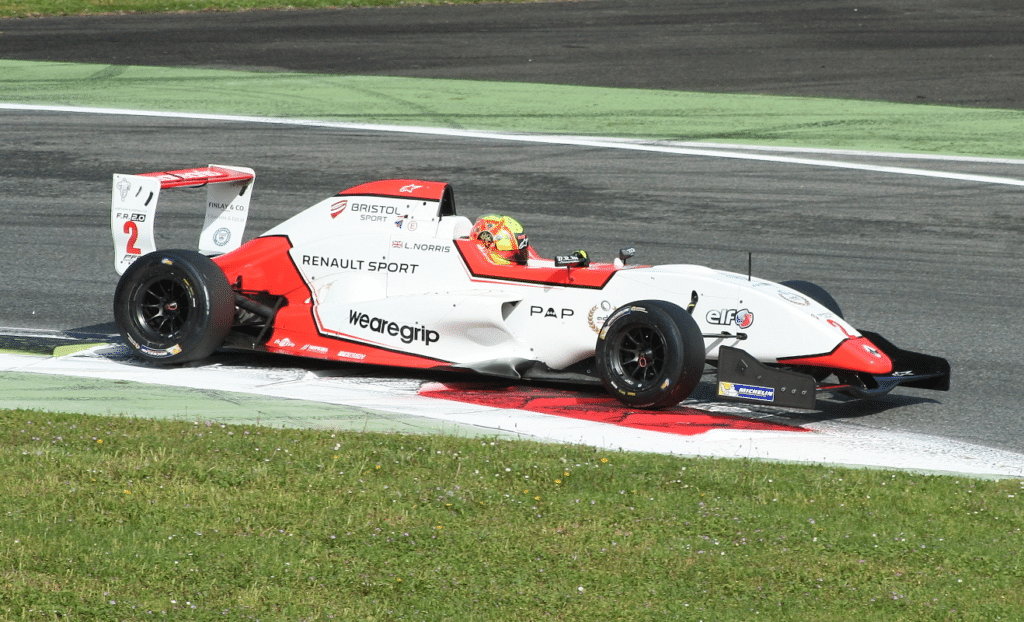
While Formula 1 may be the most prestigious racing division, Lamborghini also does well in other motorsports.
Teams racing in the Lamborghini Super Trofeo, a one-make series, drive identical Huracán-based vehicles.
Due to this, Lamborghini can display their cars in a racing environment without having to deal with the high costs and demands of Formula 1.
Lamborghini also participates in GT3 racing, where automakers adapt their street vehicles to meet particular racing requirements.
The Italian manufacturer has also made a comeback to endurance racing with the Huracán GT3 Evo, having a major impact on numerous racing series across the world, including the 24 Hours of Daytona and the Blancpain GT World Challenge.
The Successful Impact of Lamborghini’s Racing Programs Outside F1
By concentrating on these alternative racing disciplines, Lamborghini maintains brand integrity while establishing a distinctive presence in the world of motorsports.
The company’s road vehicles have been improved, and new technologies have been created, thanks to competition in races like the Super Trofeo, GT3, and Le Mans.
Additionally, it enables companies to advertise their automobiles in a more controlled setting where success is less reliant on fierce rivalry with other manufacturers.
Through these endeavors, Lamborghini has demonstrated that success is possible outside of the Formula 1 world.
In fact, their specialist racing initiatives have only served to highlight the brand’s exclusivity and prestige, giving it a special air that distinguishes it from other racing equipment producers.
